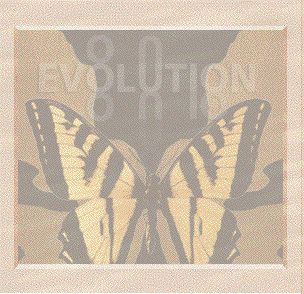Multiple niche polymorphism

A niche is a set of environmental conditions in which the members of a species can survive. In some cases it is convenient to think of the environmental conditions in which a species can survive as consisting of more than one distinct set: the species then occupies multiple niches.
Different forms of the species may be adapted to each niche: called multiple niche polymorphism. Up to two conditions are needed for a multiple niche polymorphism.
• Different genotypes should have different fitnesses in different niches. In nature, the members of a species occupy a variety of niches, and these vary in their physical conditions (whether they are dark, light, dry, damp, etc.) and biological conditions (what predators and parasites are locally active, what food is available). The simplest case would have two niches, A and B, with genotypes AA and Aa better adapted to A and aa is better adapted to B. The fitnesses are:
| genotypes | AA | Aa | aa |
|---|---|---|---|
| fitness in niche A | 1 | 1 | 1-s |
| fitness in niche B | 1-t | 1-t | 1 |
• A stable polymorphism can more easily evolve if there is habitat selection. Each genotype 'chooses' the correct habitat to live in. Individuals with genotype AA or Aa would go and live in niche type A and those with aa pick niches of type B. A formal model would then have an even more complex expression for the fitness of a genotype, in terms not only of the frequency of each niche type but also the genotype's chance of living in it. However, the qualitative conclusion is that multiple niche polymorphisms can arise, and they are more plausible if there is habitat selection as well as a relation between a genotype's fitness and the niche it is living in.
Multiple niche polymorphism is a form of frequency-dependent polymorphism. When the genotype AA is rare, it experiences relatively little competition in the niches for which it is well adapted, and it increases in frequency. As AA becomes commoner, it increasingly occupies all the niches of type A and has to make a living in B type niches too. Its advantage decreases as its frequency increases. The fitness of each genotype is negatively frequency-dependent.
| Next |



